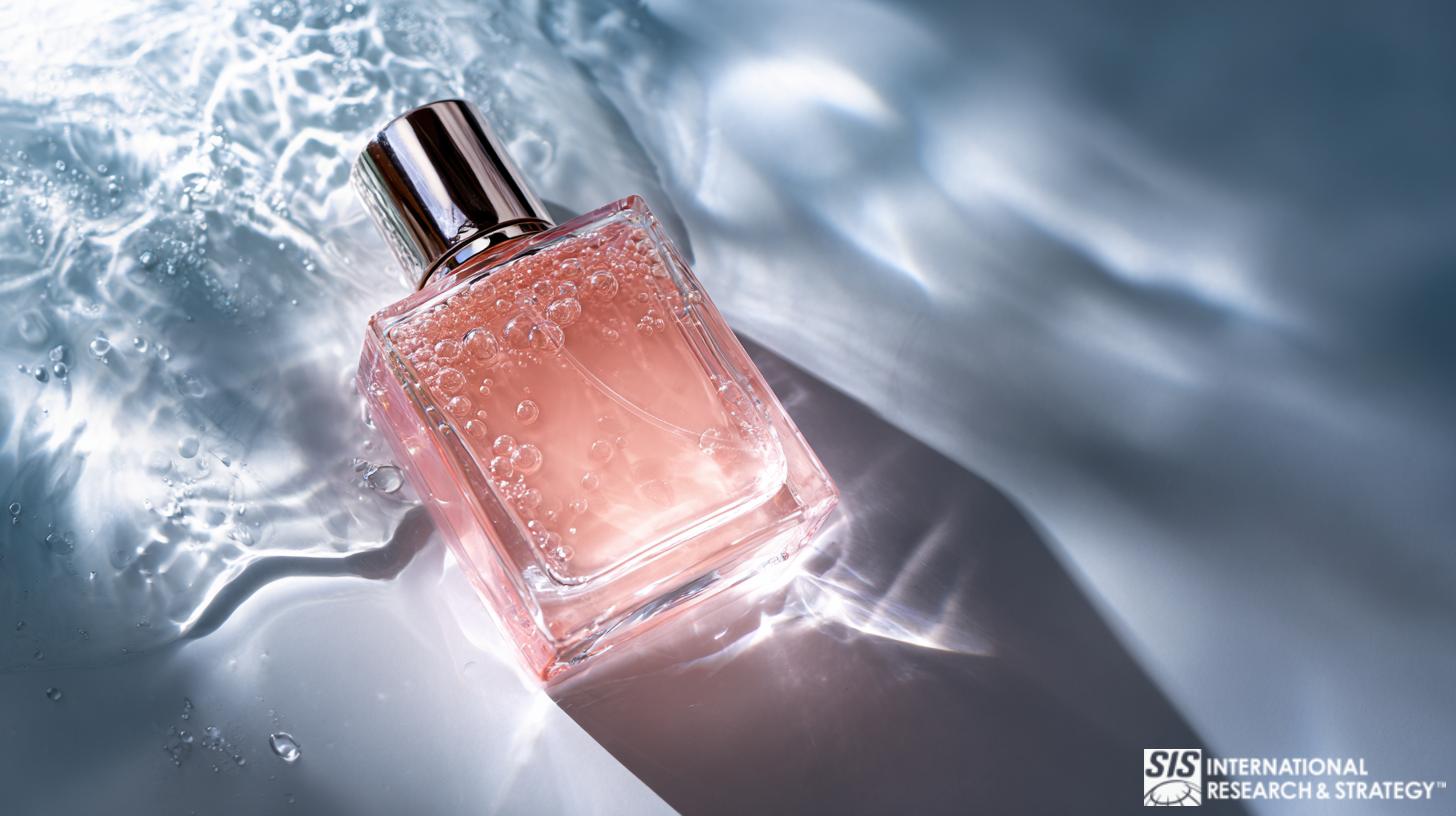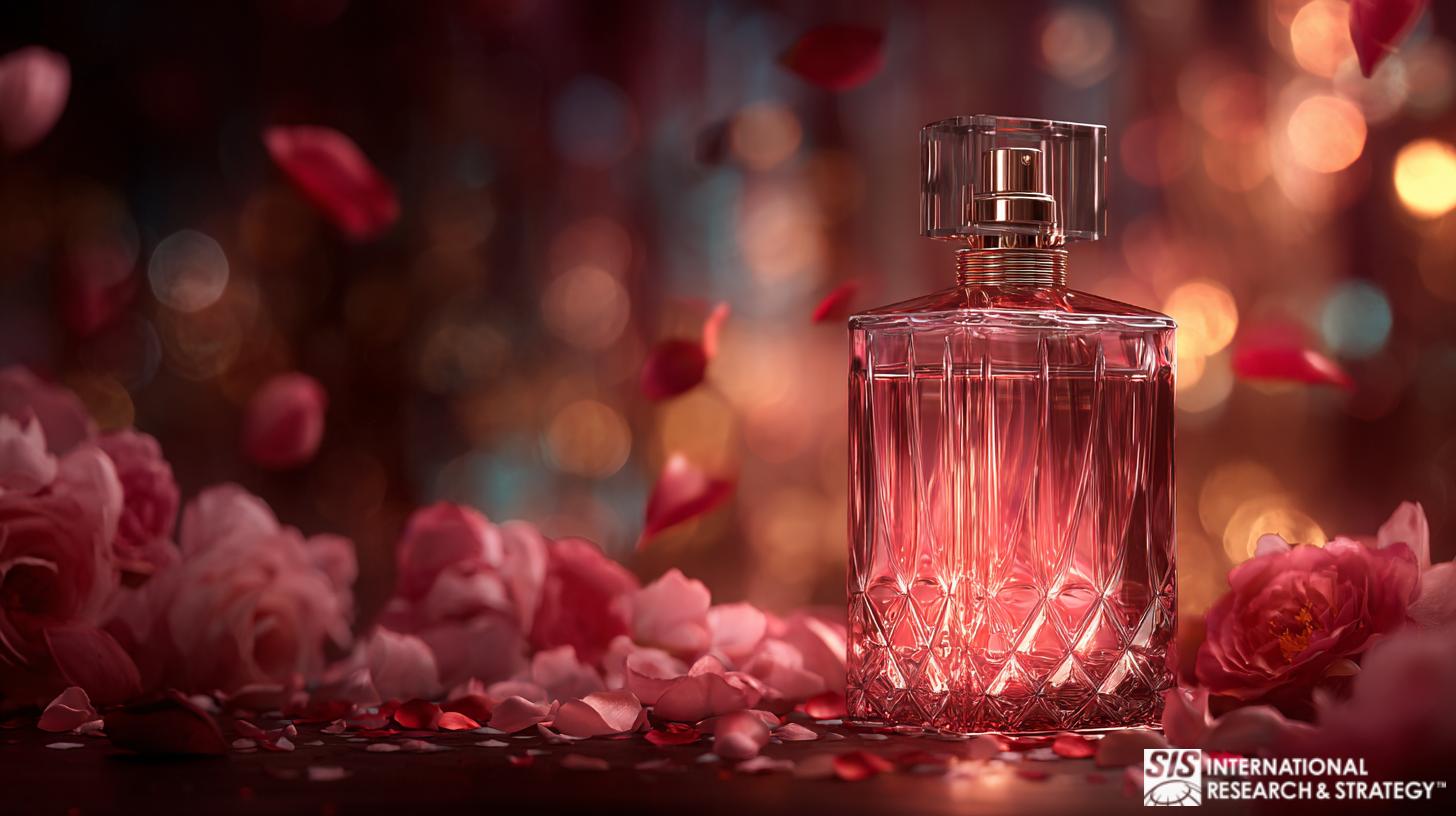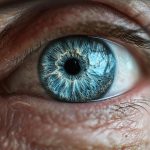
Die weltweite Parfümindustrie folgt hinsichtlich Marketing und Verbraucherkäufen ihrem eigenen Rhythmus.
Trendige Düfte sind ein zentrales Lifestyle-Erfordernis ganzer Generationen. In einer Parfümerie suchen Verbraucher nach ästhetischen Bedürfnissen, ohne dabei materielle Vorteile zu erhalten, die andere Waren bieten. Die Wahl von Parfüms ist mit positiven, ästhetischen Erfahrungen verbunden, und Düfte, die diese Bedürfnisse erfüllen, sind erfolgreich. Die weltweit größten Luxusparfümmarken bestimmen weitgehend die Entwicklungstrends für den allgemeinen Parfümmarkt.
Das Hauptproblem bei der Parfümwerbung ist, dass es unmöglich ist, den Verbraucher über traditionelle Kommunikationskanäle dazu zu bringen, einen Duft zu erleben, geschweige denn zu riechen, obwohl die Vorlieben des Verbrauchers größtenteils auf dem tatsächlichen Duft basieren. Ein weiteres Problem bei der Werbung für eine Parfümmarke ist, dass der Preis proportional zur Bekanntheit der Marke ist (unabhängig vom Duft), sodass eine Person tatsächlich für etwas Immaterielles bezahlt – aromatisierte Luft. Dieses Problem ist im Luxusgütersektor von entscheidender Bedeutung, wo der Wettbewerbskampf über die Bedeutung von Markendüften in der Hochpreiskategorie und die Bedeutung von Vorlieben entscheidet.
Parfümwerbung basiert im Allgemeinen auf Bildern, die Freude bereiten sollen. Welche Elemente enthält dieses Bild also und wie kann ein Unternehmen es am effektivsten nutzen?
First, the way consumers estimate the value of perfume is individual, intuitive, and subconscious.
This is why all attributes are important for promotion of a Luxury brand: from packaging design to mentality of the target audience. Unlike Casual brands, which rely upon principles of mass consumption, advertising of Luxury perfumes is based on a definite visual image, delivering a certain idea, which allows the target audience to identify themselves. This image, however, does not convey a fragrance; in other words, it does not deliver any information on the product (what it is composed of or how it works). Thus, the key function of this visual image is to make potential customers interested to know what is the scent and product experience offered in the advertised perfume.
Da der Luxussektor mit trendigen Marken übersättigt ist, haben sich die Werbebilder verändert.
Heutige Bilder zeigen Menschen in verschiedenen Situationen, Bedingungen und Lebenserfahrungen der Zielgruppe, während frühere Werbestrategien auf bestimmte Werte (Prestige, Liebe, Leidenschaft, Reichtum usw.) ausgerichtet waren. Beispielsweise verspricht das Parfüm Hugo Boss Intense nicht, einer Frau Stärke zu verleihen, sondern impliziert, dass eine Frau von vornherein stark ist und deshalb einen so starken Duft wählen wird. Geschmack, Lebensstil und Vorlieben solcher Frauen müssen untersucht werden, um diese Art von Duft zu kreieren. Um ein harmonisches Bild zu schaffen, das die Werte und den Lebensstil der Zielgruppe wirklich widerspiegelt, ist es wichtig, qualitative Forschung zu betreiben und grundlegende Werte, Vorlieben und Erkenntnisse zu untersuchen sowie das psychografische Porträt eines potenziellen Verbrauchers zu studieren.
Bei diesem Ansatz werden häufig berühmte Personen herangezogen, um das von ihnen erzeugte Image zu verstärken.
They become the face of the brand and through their own lifestyle represent the experience and values transferred into the advertising image of perfume and common for a certain target audience. At this point, for instance, it is necessary to determine the degree of popularity of this or that celebrity among the target audience, that is to compile a rating (the lower the rating, the more people will be unwilling to make a purchase). The problem with choosing a face for a Luxury brand is that the interpretation of images may differ. This is why advertising should be carried out by certain characters, who are well-known and respected by most potential consumers. These people should personify a definite set of values. For instance, Nicole Kidman, the current face of Chanel N5, personifies the elegance of the Hollywood style of the 1950s, so that her image conveys traditional American values.
Um das Image einer Parfümmarke zu intensivieren, ist der Einsatz unterschiedlicher Farblösungen wichtig.
This is because color would affect the emotional background and ensure that consumers remember the image. The color palette used to promote perfume should match the color of perfume, bottle, and packaging, so as to improve recognition by the target audience. For instance, a brown color palette is used to promote Calvin Klein Euphoria perfume. A pink palette to advertise Lacoste Touch of Pink, whereas advertising for Lacoste Hot Play men’s perfume is based on an orange color palette. Only one color shade should dominate in perfume advertising, so as not to distract consumers’ attention.
Die Entwicklung eines harmonischen Images für Luxusparfums erfordert, dass Name, Flasche, Farblösungen und Duft selbst konzeptionell miteinander verbunden sind, z. B. Nina Ricci Nina oder DKNY Be Delicious/Red Delicious.
As soon as conceptual ideas emerge of how to deliver a brand image through advertising, it is recommended to test all advertising materials in terms of perception, understanding of the image, and motivation to try a new fragrance.
Ultimately, the creation of a complete image for a Luxury perfume implies participation of some professionals: from producers and research companies to creative and advertising agencies. Efforts provided by all links of this chain will result in a strong brand able to compete in the world Luxury perfume market.
Mitwirkendes Unternehmen:
MAR Consult Forschungsagentur. Moskau, Russland.
Kontakt: Dmitry Shimanov. [email protected] +7 (495) 660-82-20.
Disclaimer: Views & opinions are solely those of the contributors and do not necessarily reflect SIS International Inc.’s opinions, views, and methodologies. Under no circumstances will SIS, it affiliates, successors, or assigns be liable for any loss or damage caused by anyone’s reliance on information contained in this website.



